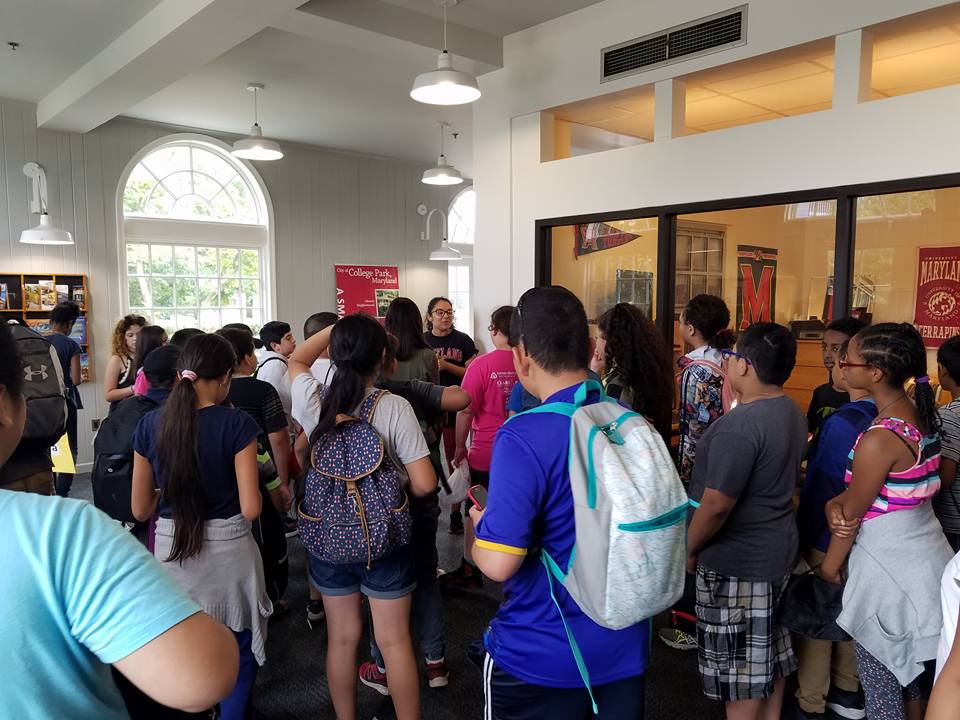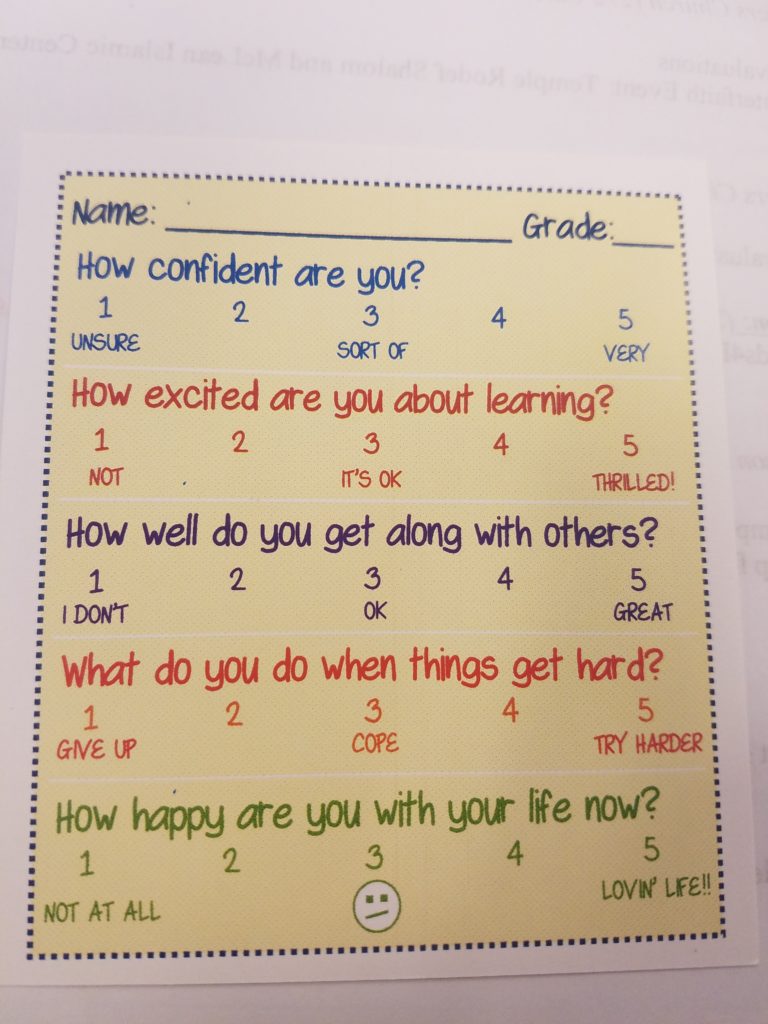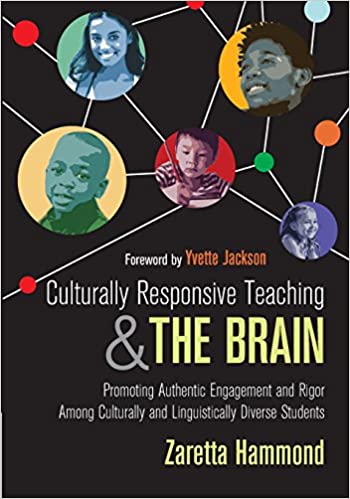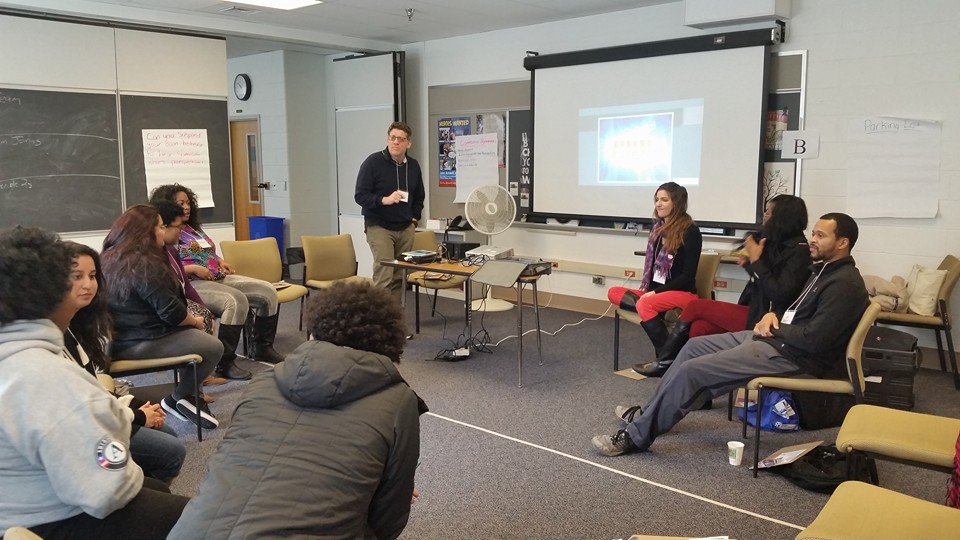by Vanessa Boris | December 20, 2017 Harvard Business Publishing

This is the second of two posts co-written by Vanessa and Lani Peterson, Psy.D., a psychologist, professional storyteller and executive coach.
Telling stories is one of the most powerful means that leaders have to influence, teach, and inspire. What makes storytelling so effective for learning? For starters, storytelling forges connections among people, and between people and ideas. Stories convey the culture, history, and values that unite people. When it comes to our countries, our communities, and our families, we understand intuitively that the stories we hold in common are an important part of the ties that bind.
This understanding also holds true in the business world, where an organization’s stories, and the stories its leaders tell, help solidify relationships in a way that factual statements encapsulated in bullet points or numbers don’t.
Connecting learners
Good stories do more than create a sense of connection. They build familiarity and trust, and allow the listener to enter the story where they are, making them more open to learning. Good stories can contain multiple meanings so they’re surprisingly economical in conveying complex ideas in graspable ways. And stories are more engaging than a dry recitation of data points or a discussion of abstract ideas. Take the example of a company meeting.
At Company A, the leader presents the financial results for the quarter. At Company B, the leader tells a rich story about what went into the “win” that put the quarter over the top. Company A employees come away from the meeting knowing that they made their numbers. Company B employees learned about an effective strategy in which sales, marketing, and product development came together to secure a major deal. Employees now have new knowledge, new thinking, to draw on. They’ve been influenced. They’ve learned.
Something for everyone
Another storytelling aspect that makes it so effective is that it works for all types of learners. Paul Smith, in “Leader as Storyteller: 10 Reasons It Makes a Better Business Connection”, wrote:
In any group, roughly 40 percent will be predominantly visual learners who learn best from videos, diagrams, or illustrations. Another 40 percent will be auditory, learning best through lectures and discussions. The remaining 20 percent are kinesthetic learners, who learn best by doing, experiencing, or feeling. Storytelling has aspects that work for all three types. Visual learners appreciate the mental pictures storytelling evokes. Auditory learners focus on the words and the storyteller’s voice. Kinesthetic learners remember the emotional connections and feelings from the story.
Stories stick
Storytelling also helps with learning because stories are easy to remember. Organizational psychologist Peg Neuhauser found that learning which stems from a well-told story is remembered more accurately, and for far longer, than learning derived from facts and figures. Similarly, psychologist Jerome Bruner’s research suggest that facts are 20 times more likely to be remembered if they’re part of a story.
Kendall Haven, author of Story Proof and Story Smart, considers storytelling serious business for business. He has written:
Your goal in every communication is to influence your target audience (change their current attitudes, belief, knowledge, and behavior). Information alone rarely changes any of these. Research confirms that well-designed stories are the most effective vehicle for exerting influence.
Stories about professional mistakes and what leaders learned from them are another great avenue for learning. Because people identify so closely with stories, imagining how they would have acted in similar circumstances, they’re able to work through situations in a way that’s risk free. The extra benefit for leaders: with a simple personal story they’ve conveyed underlying values, offered insight into the evolution of their own experience and knowledge, presented themselves as more approachable, AND most likely inspired others to want to know more.
Connection. Engagement. Appealing to all sorts of learners. Risk-free learning. Inspiring motivation. Conveying learning that sticks. It’s no wonder that more and more organizations are embracing storytelling as an effective way for their leaders to influence, inspire, and teach.
Read more about the power of storytelling in our brief, “Telling Stories: How Leaders Can Influence, Teach, and Inspire”
Vanessa Boris is Senior Manager, Video Solutions at Harvard Business Publishing Corporate Learning. Email her at vanessa.boris@harvardbusiness.org












